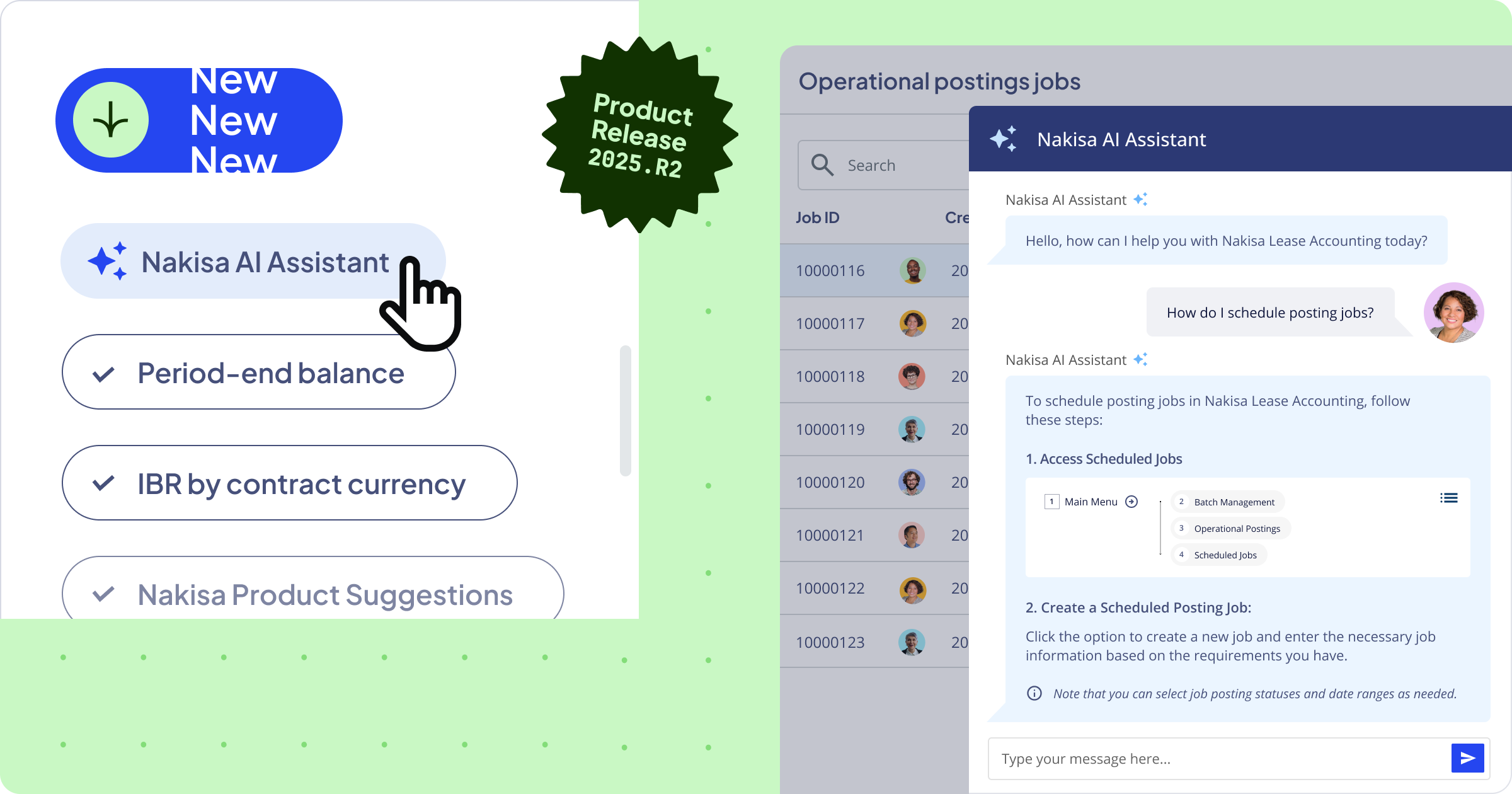It has been impossible to escape the impact of the COVID-19 pandemic. Since the spring of 2020, global GDP has declined by 3.5 percent, with much steeper drops reported in many countries. But the end of the troubles may finally be in sight. As vaccination campaigns ramp up around the world, restrictions on gatherings and travel are being eased, paving the way for an economic recovery that the International Monetary Fund said could grow the GDP by up to 6 percent by the end of the year.
That’s a lot of growth. As journalist Fareed Zakaria notes in his book Ten Lessons for a Post-Pandemic World, life after the coronavirus “is going to be, in many aspects, a sped-up version of the world we knew.” Workplace trends that were already underway before the pandemic accelerated last year, setting a new standard for organizations as workers return to the office, retail locations open at increased capacity, and demand for services recovers to pre-pandemic levels.
The growth will be especially acute for the industries that were hit hardest during the pandemic, including hospitality, travel and entertainment. Concert venues are making new bookings, restaurants are preparing to reopen at full capacity and hotels are getting their rooms ready for an influx of tourists looking to escape their cooped-up pandemic lives. So how can they keep up with the new post-COVID reality without falling behind?
1. Plan for flexibility
COVID-19 forced many organizations to quickly pivot toward remote working. It looks set to be a lasting change. According to research by management consultants McKinsey and Company, more than 20 percent of workers could work from home three to five days a week as effectively as if they were working from the office. A number of large tech companies, including Microsoft and Twitter, have announced that remote working will be made permanent, giving employees the flexibility to choose where they want to operate.
For many businesses, this means that the post-COVID landscape will look very different to what they dealt with before the pandemic. Retail chains and restaurant groups that operated locations in business districts, relying on a steady stream of office workers, will need to rethink their operations. So will the business travel industry, which will likely take years to fully cover.
But that doesn’t mean the days of office working and business traveling are over. Although many tasks can be accomplished remotely, McKinsey found that some are more effectively done in person, including coaching, counselling and teaching—anything that benefits from a more collaborative approach, in other words. Organizations will have to juggle different sectors of the workforce working differently, across different platforms, with an eye to the most efficient way of working for each task or team.
As HospitalityNet reported last year, that new dynamic has already led to some innovative responses. Resorts in Las Vegas are offering luxury work-from-hotel packages, while businesses that have cut back on office space are investing more in pop-up workspaces—like hotel rooms or conference centers—which could further boost the hospitality sector.
2. Prepare for speed—but do it strategically
After the pandemic hit, a study by the Harvard Business School found that organizations that had already implemented strategies to flatten hierarchies and enable teams to work quickly and efficiently had fared best during COVID-19. Small, focused, cross-functional teams, along with quarterly business reviews and clear data on outputs and outcomes were all winning strategies, according to the research.
Researchers at Harvard also found that those changes could be made without a top-to-bottom overhaul of an organization. Targeted, strategic changes—what researchers dubbed “small-c” change—proved to be most effective when the new manager of a Bavarian soccer club was hired to boost the team’s performance. By emphasizing teamwork, investing in senior players and adopting a humble “servant leadership style,” the manager had more success in boosting performance than predecessors who had invested in more drastic changes. It’s a lesson that seems particularly pertinent to the post-COVID era—small but strategic changes can often be the most effective way to adapt to new circumstances.
3. Keep track of restrictions—and opportunities
For organizations with widespread operations, there’s another layer of complexity to consider as different countries emerge from the pandemic at different rates, all with varying restrictions on travel, office occupancy, retail operations and more. Many jurisdictions have offered financial support to businesses, but keeping track of various subsidies and loan opportunities can be dizzying. It will be more crucial than ever to be nimble enough to react to changing circumstances and the varying needs of your operations across different locales.
4. Play it safe
The pandemic has underscored the importance of personal health to the economy. In the post-COVID world, it is crucial to ensure that workers feel their employers are keeping them safe—something that is true both for office workers and workers in public-facing positions. Benefits such as enhanced sick leave, financial assistance, flexible hours and child care are no longer just perks—they are necessary tools to draw and retain talent.
Beyond physical and mental health, there’s another aspect of safety that needs to be considered. With the increased prevalence of remote working comes an even greater need for cybersecurity. Last year’s sudden pivot to working at home forced many organizations to improvise, which left them vulnerable to outside attacks. That can be avoided by working with employees to establish clear protocols on personal devices and firewalls, as well as by using existing technology such as virtual desktop infrastructure, identity and access management, and cloud migration.
5. Manage scarce resources
As the pandemic finally nears an end and hard-hit industries like restaurants, bars, travel and entertainment begin their recovery, they are encountering an unexpected problem: a labor shortage. Mass layoffs in 2020 prompted many workers in these sectors to retrain and find new jobs elsewhere. Stagehands became electricians; flight attendants became real estate brokers. In other industries, organizations replaced full-time employees with contingent workers, saving money on salaries but introducing more complexity in managing human resources. Navigating such a difficult labor market requires agility and patience.
In Miami, one popular downtown restaurant entered the new year with the best business it had seen since the start of the pandemic—but staff was in such short supply that ithad to close for a month so it could restructure its operations. The restaurant proceeded to raise prices in order to offer higher wages, and limited outdoor dining capacity until more staff could be hired. In the post-COVID era, slow and steady changes may often be the best response to rapid economic growth.





